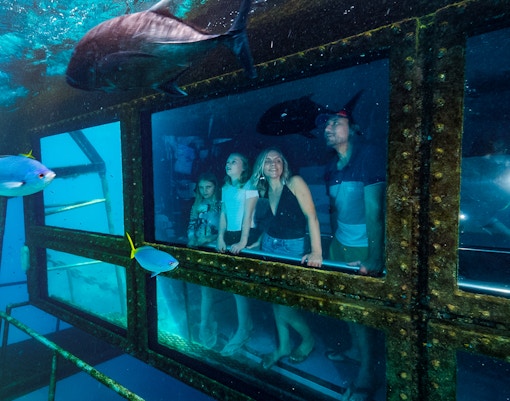- Water clarity changes seasonally, especially for divers and underwater photography.
- Stinger season and wet weather affect where you swim and what to wear.
- Wildlife sightings like manta rays, whales, and turtles follow specific seasonal patterns.
- Coral reef health and color is often best during or just after certain marine events.
- Pricing and crowds fluctuate, especially during Australian school holidays.














